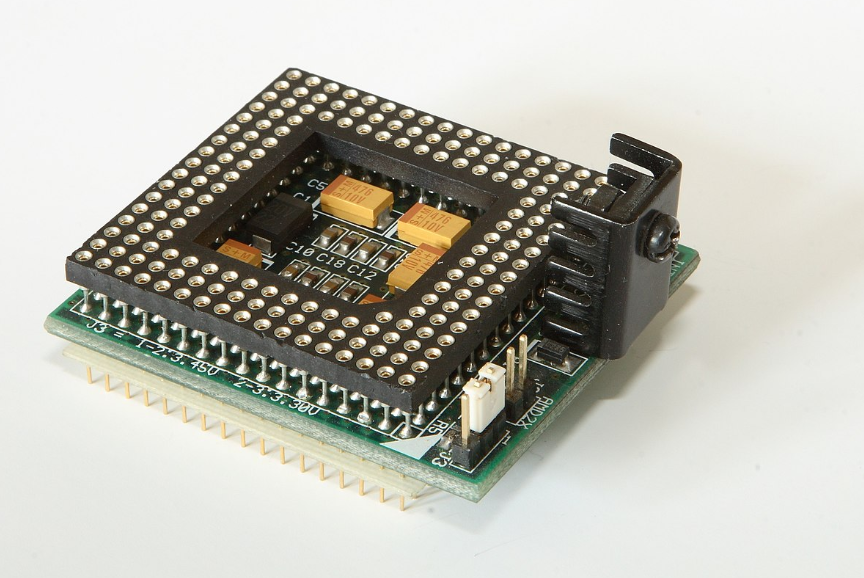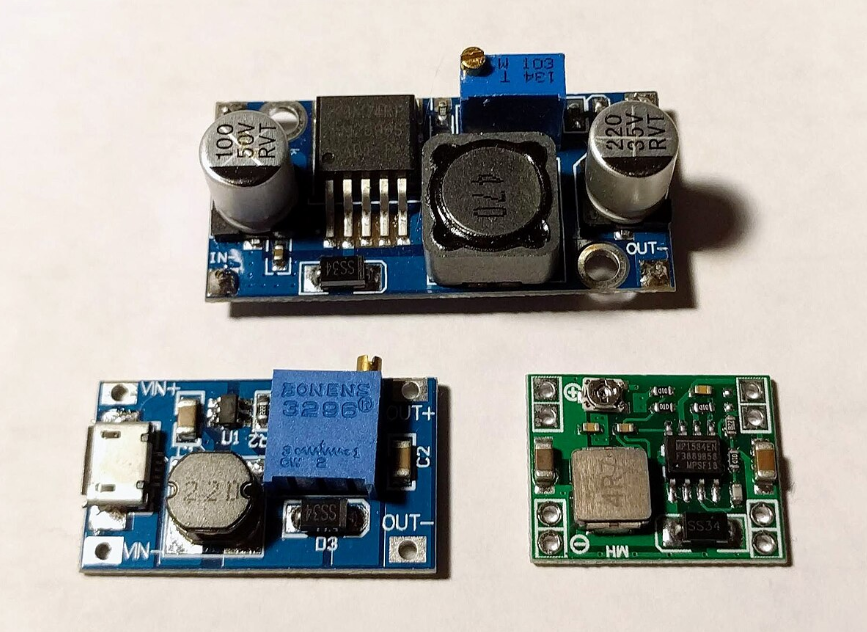110V to 220V Converters and Transformers Guide
Different parts of the world use different electrical systems. The main difference is the voltage. North America uses a voltage standard of around 110 volts to 120 volts. Many other places, like Europe, Asia, and Africa, use a standard of 220 volts to 240 volts. This difference creates a problem. You cannot simply plug a device designed for 220 volts into a 110-volt outlet. It will not receive enough power to work correctly. It might not turn on at all, or it could perform very poorly.
To solve this problem, you need a special device. This device is called a voltage converter or a voltage transformer. Its job is to take the 110-volt power from the wall outlet and increase it to 220 volts. This allows your 220-volt electronic device to work properly in a 110-volt country. People often search for a 110v to 220v converter when they move to a new country or buy electronics from overseas.
These devices are essential for many appliances. The terms "converter" and "transformer" are often used as if they mean the same thing. They do not. A transformer 110v to 220v works differently than a simple converter. Choosing the wrong one can damage your expensive electronics. This guide will explain what these devices are. It will explain how they work. And it will help you choose the correct one for your needs. We will discuss everything from simple power adapters to a heavy-duty power transformer from 110 to 220. Understanding this information is very important for using your devices safely and effectively.

What is a Voltage Transformer 110 to 220?
A voltage transformer is an electrical device that changes the voltage of an AC (alternating current) electrical supply. For this specific task, we are talking about a step up transformer. A step-up transformer increases the voltage. It takes a lower input voltage, like 110 volts, and produces a higher output voltage, like 220 volts. This is the most common and safest way to power sensitive electronics from a different voltage system.
A 110 to 220 transformer works using a simple principle called electromagnetic induction. Inside the transformer, there are two separate coils of wire. These coils are wrapped around a central iron core. The first coil is called the primary coil. This coil connects to the 110-volt power source from your wall outlet. The second coil is called the secondary coil. This coil connects to your 220-volt device. The two coils are not physically connected to each other.
When you plug the transformer in, the 110-volt AC current flows through the primary coil. This creates a changing magnetic field in the iron core. The changing magnetic field then induces a current in the secondary coil. The voltage change happens because the coils have a different number of wire turns. In a 120 to 240 step up transformer, the secondary coil has about twice as many turns as the primary coil. This doubling of the turns doubles the voltage. So, 120 volts becomes 240 volts.
Transformers are designed to handle a clean and stable electrical signal. This makes them ideal for complex or delicate electronic devices. Things like computers, televisions, audio equipment, and kitchen appliances with electronic controls need a stable power source. A transformer provides this. Transformers are also built for continuous use. You can leave them plugged in for hours without problems. They are generally heavier and more expensive than simple converters because of the copper coils and iron core inside. When you need to power valuable electronics, a 120 volt to 240 volt transformer is almost always the correct and safe choice.
Understanding the 110v to 220v Converter
The term 110v to 220v converter is also very common. But a true converter is a much simpler and different device than a transformer. It is important to know this difference. Using a converter with the wrong type of appliance will destroy the appliance.
A simple voltage converter does not use coils and an iron core. Instead, it uses solid-state electronic components like diodes or thyristors to change the voltage. It does not produce a smooth and stable 220-volt signal like a transformer does. A converter works by essentially chopping the 110-volt AC waveform in half. This process effectively delivers a higher average voltage to the device, making it operate as if it were on a 220-volt supply.
This method is lightweight and cheap. That is its main advantage. But it creates a very rough and unstable electrical signal. This type of signal is only safe for a very specific category of products. These are called simple heating devices or devices with mechanical motors. Examples include hair dryers, travel irons, and heating pads. These devices are not sensitive to the quality of the electrical signal. They only need raw power to generate heat or to make a simple motor spin.
You should never use a simple voltage converter to power sensitive electronics. Do not plug in your laptop, your phone charger, your television, your game console, or your kitchen mixer with a digital display. The rough electrical signal from a converter will permanently damage the delicate circuits inside these devices. Many people make this mistake because converters are small and marketed for travel. It is a very costly mistake. So, if your device has a chip, a screen, or any kind of smart function, do not use a basic converter. You must use a step up voltage converter 110v to 220v, which in most cases, means you need a true transformer. Some products are sold as converters but are actually transformers. You must read the product description carefully. If it is very light, it is likely a simple converter. If it is heavy, it is likely a transformer.
How to Convert 110 Volts to 220
The process to convert 110 volts to 220 is straightforward if you follow a few key steps. Doing this correctly ensures your device works and is not damaged.
First, you must identify your device's power requirements. Look for a label or sticker on your appliance. This label is usually on the back, on the bottom, or on the power adapter itself. You need to find two pieces of information: the voltage (V) and the power consumption (W for watts). The voltage will be listed as something like "INPUT: 220-240V". This tells you the device is designed for the higher voltage standard. The power consumption will be listed in watts. For example, it might say "100W". This number is very important. It tells you how much power the device needs to run.
Second, you must determine the type of device you have. This will tell you if you need a simple converter or a proper transformer. Ask yourself if the device is a simple heating appliance. Does it just get hot, like a clothes iron? Or does it have a simple mechanical motor, like a basic fan? If the answer is yes, a simple converter might be okay for short-term use. But if the device has any electronics, circuits, timers, or digital displays, you absolutely need a transformer. This includes almost everything we use today. For safety and peace of mind, using a 110 to 220 transformer is always the better option, even for some heating devices.
Third, you must calculate the correct wattage capacity for your transformer. This is the most critical step for safety. The transformer you buy must be able to supply more power than your device needs. A good rule is to choose a transformer with a maximum watt rating that is at least 25% higher than the wattage of your appliance. For example, if your device is rated at 100W, you should buy a transformer that is rated for at least 125W. If your device is rated at 400W, you need a transformer that can handle 500W or more. This extra capacity is a safety margin. It prevents the transformer from overheating. Overloading a transformer is dangerous. It can cause the transformer to fail, and it can create a fire hazard. So, always choose a transformer with more wattage than you need. More is always better and safer.
Choosing a 120v to 240v Converter or Transformer
Once you know what you need, you have to select a specific product. When choosing a 120v to 240v converter or transformer, there are several features to consider.
The most important feature is the power capacity, which is measured in watts. We discussed this above, but it is worth repeating. Never buy a transformer that has a lower wattage rating than your device. Check the wattage of your appliance. Then buy a transformer with a wattage rating that is significantly higher. If you plan to plug multiple devices into one transformer using a power strip, you must add up the total wattage of all the devices. The transformer must be able to handle that total combined load, plus the 25% safety margin. For high-power items like kitchen appliances or power tools, you might need a very large and heavy 120 to 240 transformer. These can have ratings of 1000W, 2000W, or even more.
Next, you need to check the plug and socket types. The transformer will have a plug that goes into the wall outlet. In the United States or Canada, this will be a standard North American plug. The transformer will also have one or more sockets on it. This is where you will plug in your 220-volt device. Make sure the sockets on the transformer match the plug on your device. Many good transformers come with a universal socket that can accept plugs from many different countries. Or they might come with several different types of sockets. This is very convenient.
You should also look at the safety features of the transformer. A good voltage transformer 110 220 will have built-in protection. This can include a fuse or a circuit breaker. A fuse will blow if the transformer is overloaded, protecting both the transformer and your appliance. A circuit breaker will trip in an overload condition, and you can simply reset it. Overheat protection is another important feature. It will automatically shut the transformer off if it gets too hot. Make sure the transformer is certified by a safety organization like UL or CE.
Finally, consider the size and weight. As mentioned, transformers are heavy because of their internal components. A high-wattage transformer can be very heavy and bulky. This is not a problem for home use. But if you need to travel, you might look for a smaller, lower-wattage model suitable for your specific travel devices. Do not sacrifice safety for size. A properly sized transformer is always the right choice, even if it is heavy. Remember that a very light device advertised as a high-wattage converter is likely not a true transformer and could be dangerous for your electronics.

Conclusion
The world's electrical systems are divided into two main voltage standards: 110/120V and 220/240V. This creates a challenge for international travel and for using electronics bought from other countries. The solution is a device that can convert 110 volts to 220. But it is critical to understand that there are two main types of these devices. A simple, lightweight converter is only suitable for basic heating appliances. It should never be used with sensitive electronics.
For almost all modern devices, from your laptop to your kitchen mixer, you need a true 110v to 220v transformer. A transformer uses electromagnetic induction to provide a stable and safe power supply that will not damage your valuable equipment. When you choose a transformer, the most important factor is the wattage. You must select a transformer with a power rating that is at least 25% higher than the power needs of your appliance. Always check the label on your device to find its voltage and wattage. By following these simple rules, you can ensure that your devices work correctly and safely, no matter where you are in the world.









